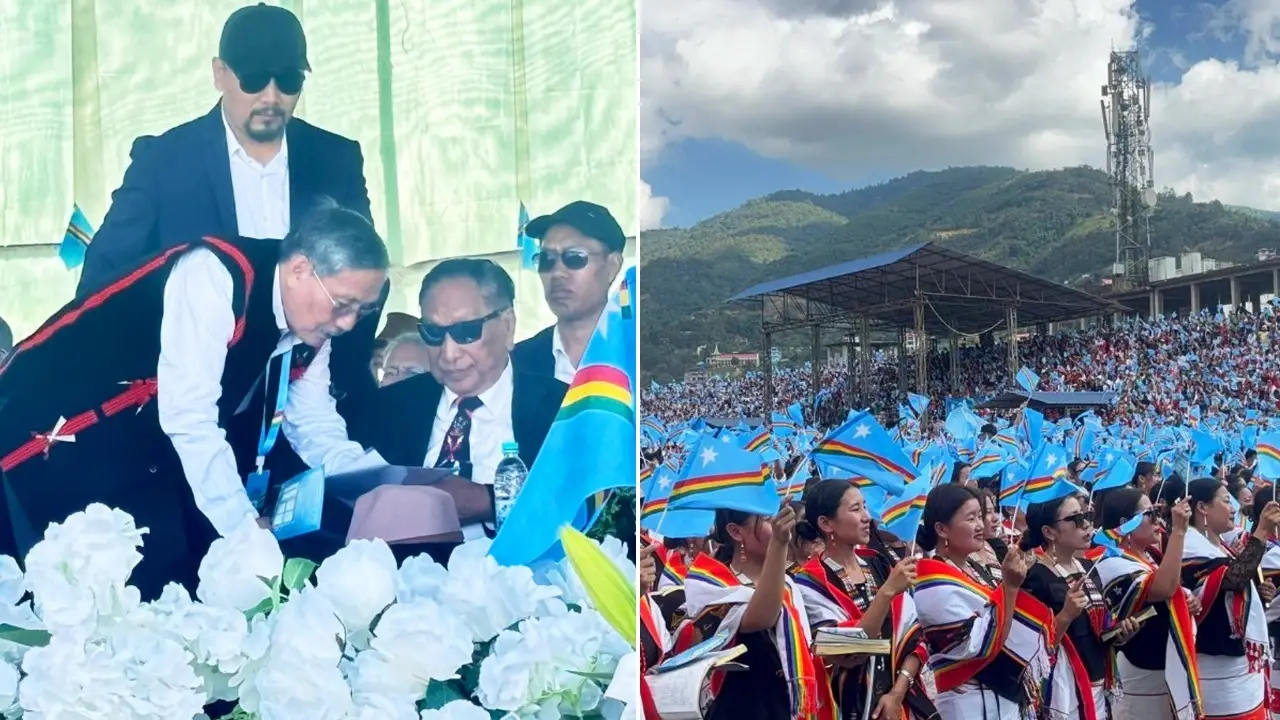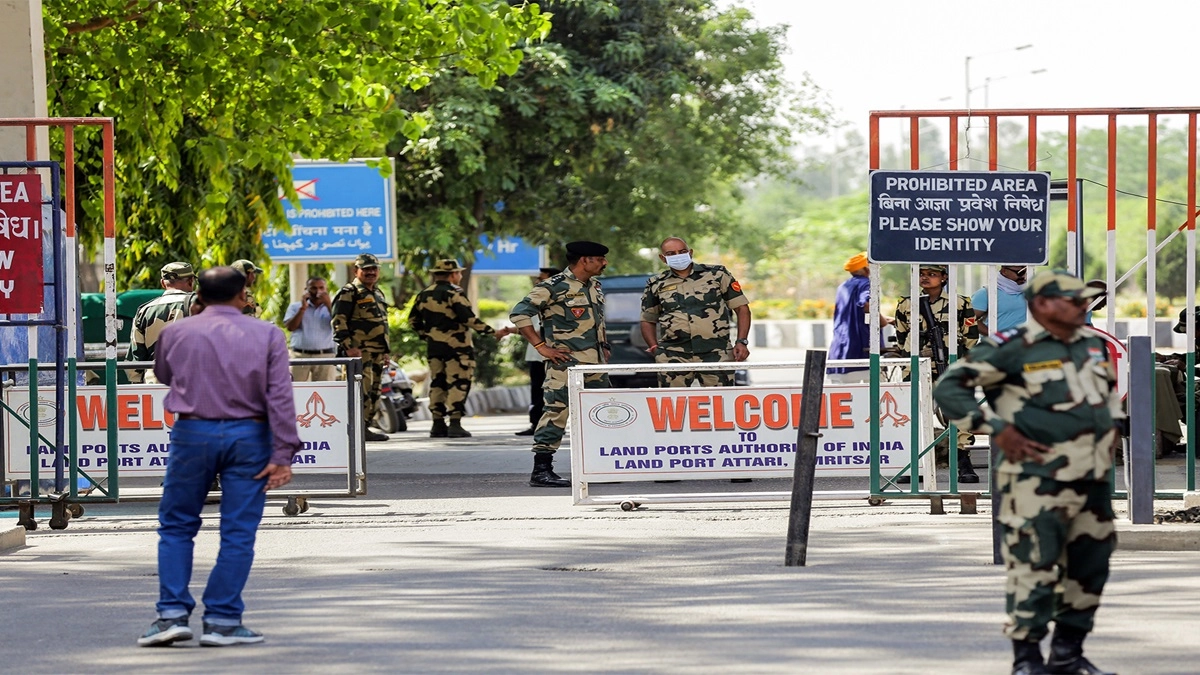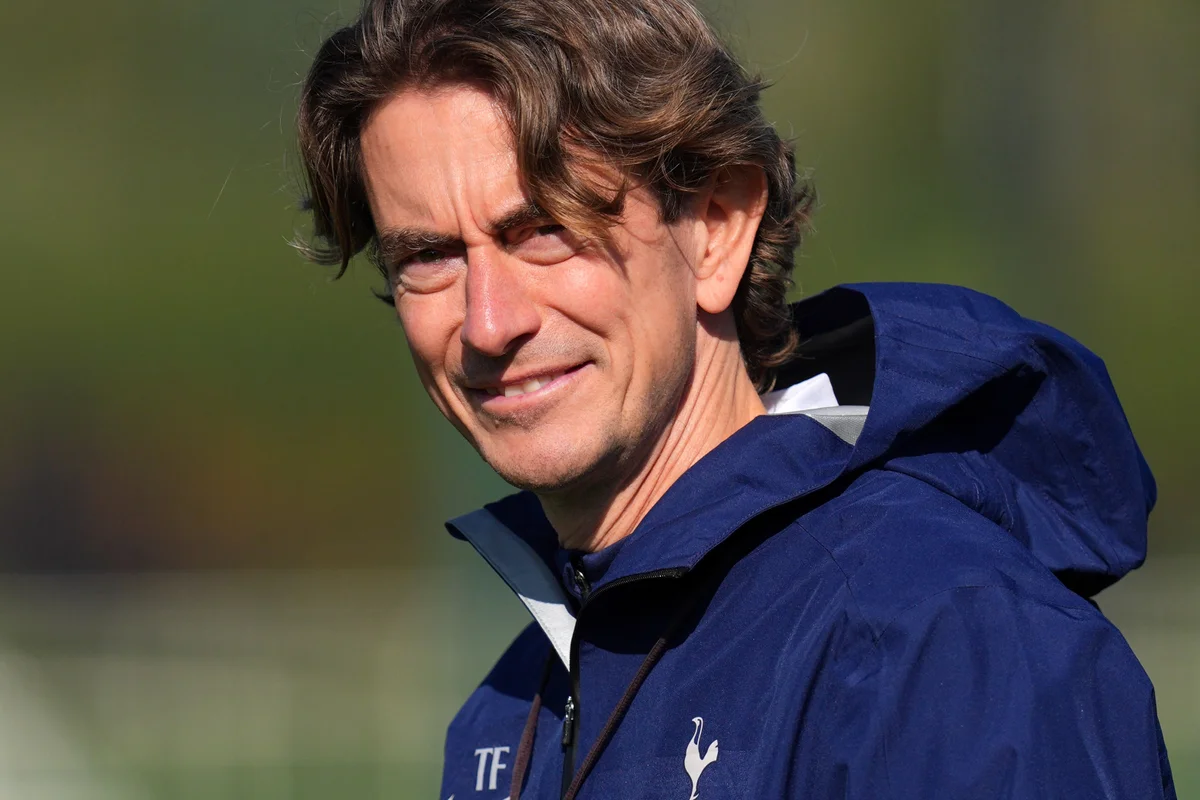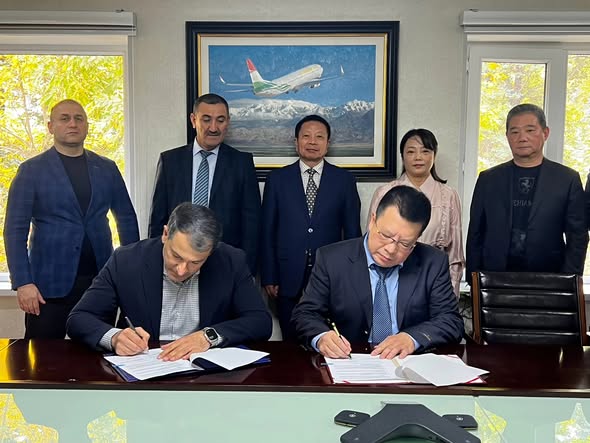Copyright republicworld

Thuingaleng Muivah’s recent visit to Manipur was widely branded as a homecoming. For many, it was indeed a homecoming in the emotional and ancestral sense, but also one layered with political symbolism. The homecoming of the NSCN-IM’s General Secretary was not an ordinary return—it was a carefully orchestrated spectacle meant to resonate far beyond the Tangkhul region. Every step taken, every slogan raised, and every speech made was loaded with messaging directed toward the larger political cause of Nagalim and its contentious dream of integration.Muivah landed in Ukhrul on October 22 to an overwhelming reception. Thousands thronged the route to see their long-absent leader, who had been exiled from his homeland for over five decades. From his arrival by helicopter, traditional Tangkhul shawls, and chants of “Nagalim for Christ,” the images from the day captured not just nostalgia but renewed conviction. From Ukhrul, Muivah traveled to his birthplace—Somdal village—nestled deep in the highlands of Manipur. There, he spent a week in the company of his kin, visiting ancestral grounds that have survived through generations of turbulence in Naga history. For him and for the people who received him with tears and prayers, it was a reconnection to roots that time and conflict had severed.His family ties are sparse now. Among six siblings, only his younger brother Asui Muivah is still alive. Asui, a simple man who rarely speaks in public, told Republic Media Network that he last met his brother three decades ago in Dimapur. “This is the first time I am meeting him in so many years,” he said quietly, his words carrying the emotional weight of a family long scattered by conflict and exile. Their reunion in Somdal symbolized something deeper, the reconciliation of the personal and political, of memory and mission.After a week-long stay, Muivah departed for Dimapur. But before leaving Manipur, he was accorded a civic reception at Senapati Stadium in Senapati district, a region the NSCN-IM identifies as “Southern Nagalim.” The choice of venue was deliberate. Senapati, long seen as the nerve center of Naga political mobilisation in Manipur, has often served as the symbolic gateway between Naga aspirations and the Center. To hold a mass civic event there under the banner of “Naga unity” was a move soaked in political meaning.Though Muivah did not deliver an elaborate speech, his brief address to the gathering left little ambiguity about his message. With a firm yet emotional tone, he began by addressing the crowd as “Countrymen,” thanking the Almighty for the resilience of Nagas in “these parts of Nagalim.” He extolled the sacrifices of men and women who, in his words, have “renounced the servile mindset” and have “proven their commitment to the cause of Naga sovereignty and their inalienable right to live as a nation.” In invoking “Southern Nagalim,” Muivah reignited a decades-old debate: the question of Naga integration across existing state boundaries.The term “Nagalim” itself has long represented an ethno-national dream—a proposed homeland encompassing Naga-inhabited areas spread across Nagaland, Manipur, Arunachal Pradesh, Assam, and even parts of northwestern Myanmar. The NSCN-IM has held this vision at its ideological core since its inception, asserting that the Nagas are a single people divided artificially by colonial and post-colonial boundaries. Every utterance of the term reopens political, social, and territorial debates across Northeast India. Muivah’s deliberate reassertion of the word on Manipur soil, in the presence of thousands, was a direct message—both to his people and to New Delhi—that the vision of Nagalim remains non-negotiable.This demonstration of solidarity was also a show of political muscle. It was not merely a leader meeting his people; it was the NSCN-IM demonstrating its influence, mobilization power, and enduring ideological pull. The invocation of the Genna, a customary Naga order traditionally invoked during events of national importance, added ritual gravity. The Genna ensures mandatory participation of the community, failure of which could draw social penalties. Its invocation here was equivalent to a political whip, urging Nagas to reaffirm their collective commitment to the cause. The accompanying Naga People’s Declaration carried similar significance, a symbolic renewal of the pledge to safeguard Naga identity and sovereignty.Behind the cultural grandeur, Muivah’s visit also came at a crucial juncture in the Indo-Naga peace process. Since the signing of the Framework Agreement between the NSCN-IM and the Government of India on August 3, 2015, progress has stalled over unresolved issues vis-a-vis the demand for a separate Naga national flag and Naga national constitution. For the NSCN-IM both of these are intrinsic to Naga sovereignty, while New Delhi has resisted their inclusion within the framework of the Indian Constitution. The deadlock has persisted despite over 150 rounds of negotiations and backchannel engagements.By choosing to travel to Manipur, where the idea of Nagalim faces its sharpest opposition, Muivah appeared to reassert his organisation’s moral and political claim over the Naga-inhabited districts here. His address in Senapati served effectively as both a reaffirmation of intent to his followers and an implicit challenge to both state and central authorities. The fact that this visit occurred while Manipur remains under President’s Rule added another layer of political messaging. With the elected Assembly suspended, the state’s instability has again provided fertile ground for ethnic identities to reassert themselves along older political lines.Within the larger Naga discourse, the visit has reignited dormant conversations. For some, it symbolises a renewed call for unity among all Naga’s across geographical borders. The timing, indeed strategic as sources say that very soon renewed rounds of political dialogue are expected to resume between the NSCN-IM and the Center. Many believe this was a subtle yet unmistakable signal to New Delhi that the Naga leadership remains unwavering on its core demands.In Ukhrul and Senapati, the images of Muivah’s visit told stories of both devotion and politics. Old veterans of the movement wept openly, recalling decades of underground struggle. Younger generations, many of whom have grown up in the post-ceasefire era, saw the event as a rare opportunity to connect personally with a figure often spoken of with reverence. For them, Muivah represents not just a political leader but a living link to the historic idea of Naga self-determination.Thuingaleng Muivah may have come home after decades, but through his brief but potent visit, he has also revived the oldest and most enduring question in Northeast India, the question of who the Nagas are as a nation, and how far their homeland truly extends. His homecoming, therefore, was far more than an emotional return; it was the renewal of an unfinished historical conversation, one that continues to define the politics of the region.



